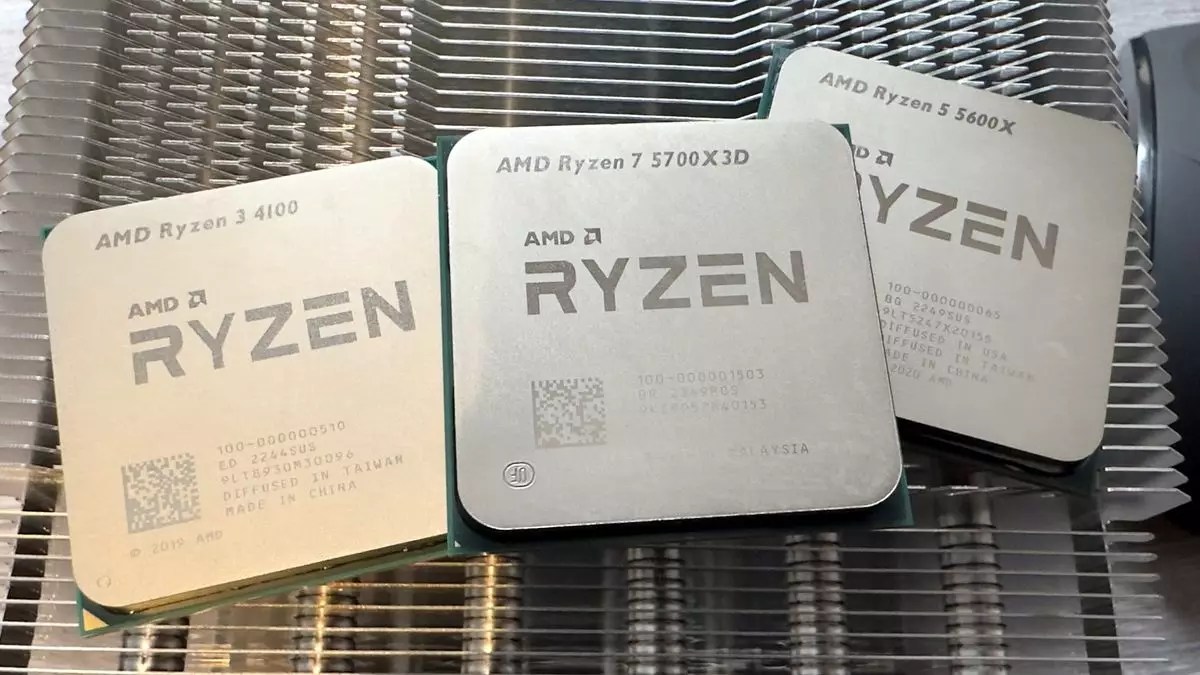Recently, security researchers uncovered a critical vulnerability in almost all AMD CPUs, posing a significant threat to the security of these processors. Dubbed as ‘Sinkclose’, this flaw allows attackers with kernel-level access to manipulate SMM settings within the chip, potentially leading to the installation of undetectable malware.
The vulnerability was first identified by Enrique Nissim and Krzysztof Okupski, two researchers from the security services firm IOActive. They presented their findings at this year’s Def Con security conference in Las Vegas, shedding light on the severity of the issue. Exploiting this flaw necessitates establishing kernel access through another attack vector, showcasing the complexity of the exploit.
If successfully exploited, the Sinkclose vulnerability could enable attackers to gain Ring -2 privileges, permitting the installation of a bootkit that compromises the master boot record. This would render traditional security measures ineffective, as the malware operates at a level that is inaccessible to most antivirus or anti-malware programs.
AMD has been proactive in addressing this vulnerability by releasing firmware fixes for affected chips. While newer processors have already received updates to mitigate the risk, older product lines like Ryzen 3000, 2000, and 1000 series may not receive patches due to their software support window limitations. Users are advised to update their BIOS promptly to safeguard their systems.
Although achieving kernel-level access is a challenging feat, the potential impact of the Sinkclose vulnerability cannot be understated. Data center systems housing sensitive information are particularly at risk, warranting heightened vigilance among users. Home users are less likely targets, especially with the latest AMD Zen 5 9000 series processors being immune to the exploit through updated BIOS revisions.
The Sinkclose vulnerability underscores the importance of robust cybersecurity measures, especially in the face of evolving threats targeting hardware vulnerabilities. While AMD has taken steps to mitigate the risk posed by this flaw, users must remain diligent in keeping their systems up to date to fend off potential attacks. Stay informed and prioritize security to safeguard against emerging threats in the ever-changing landscape of cybersecurity.


Leave a Reply